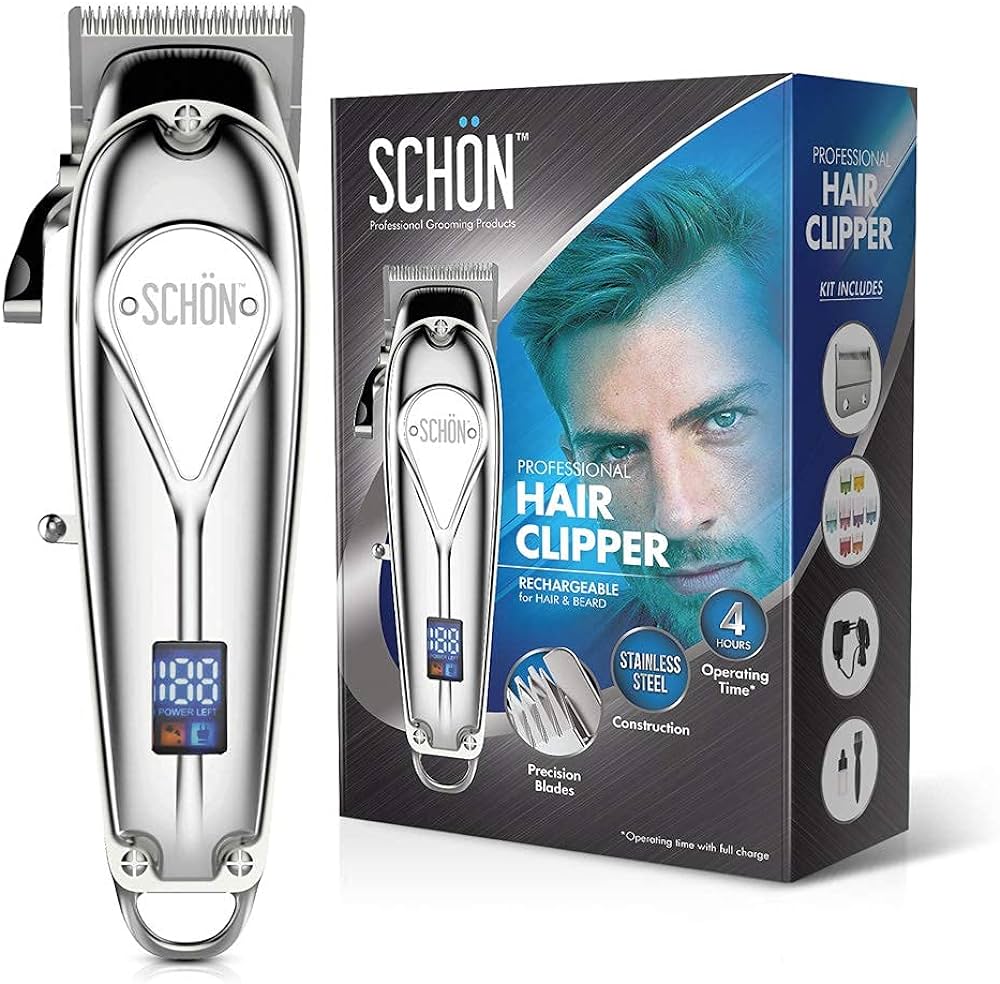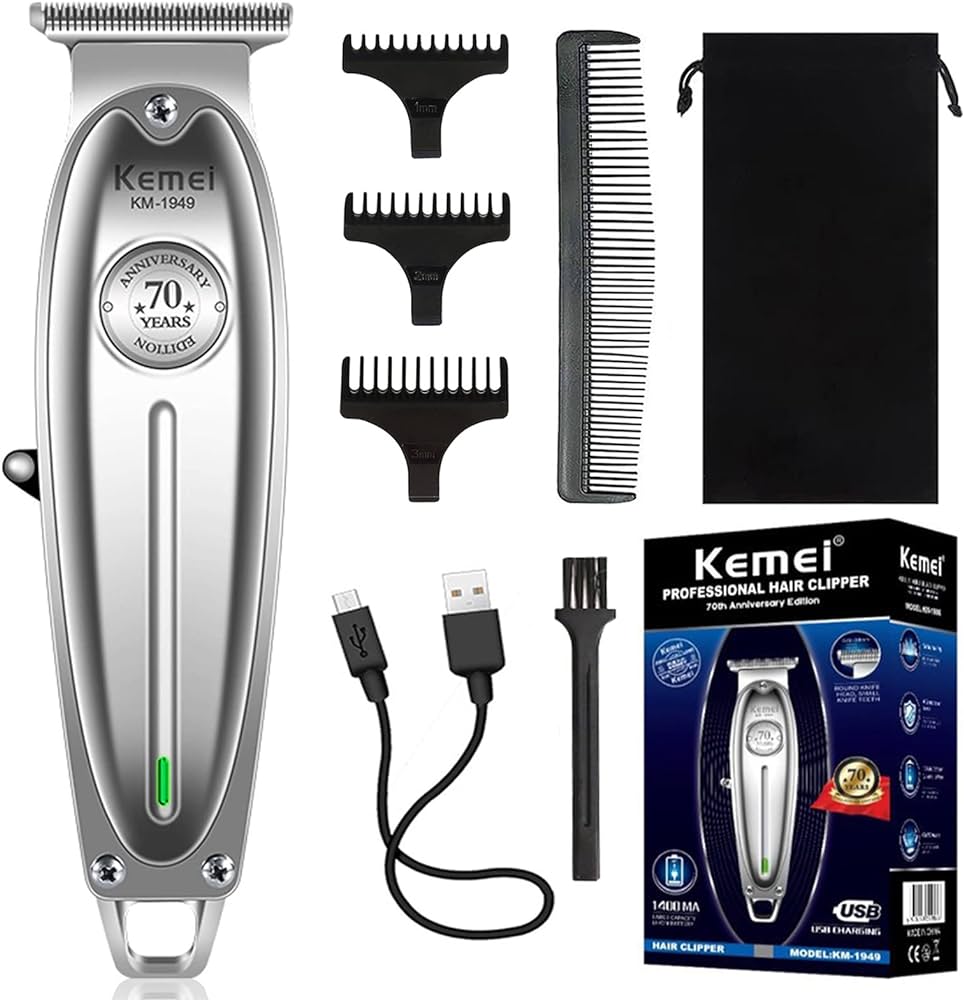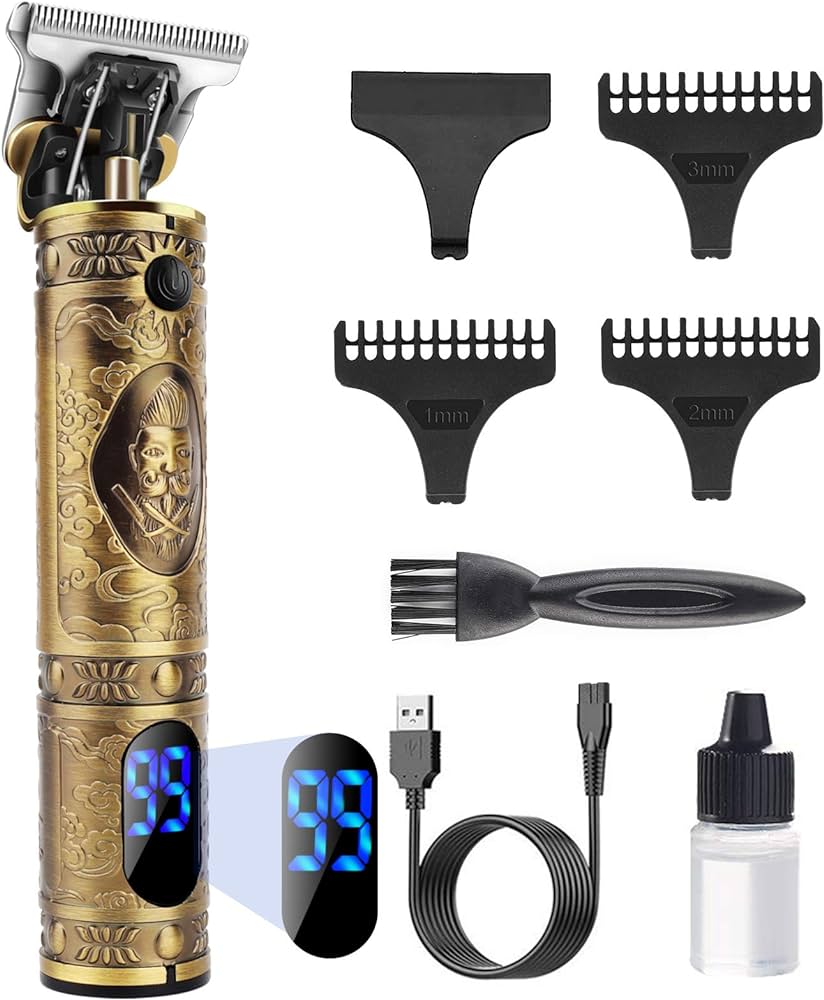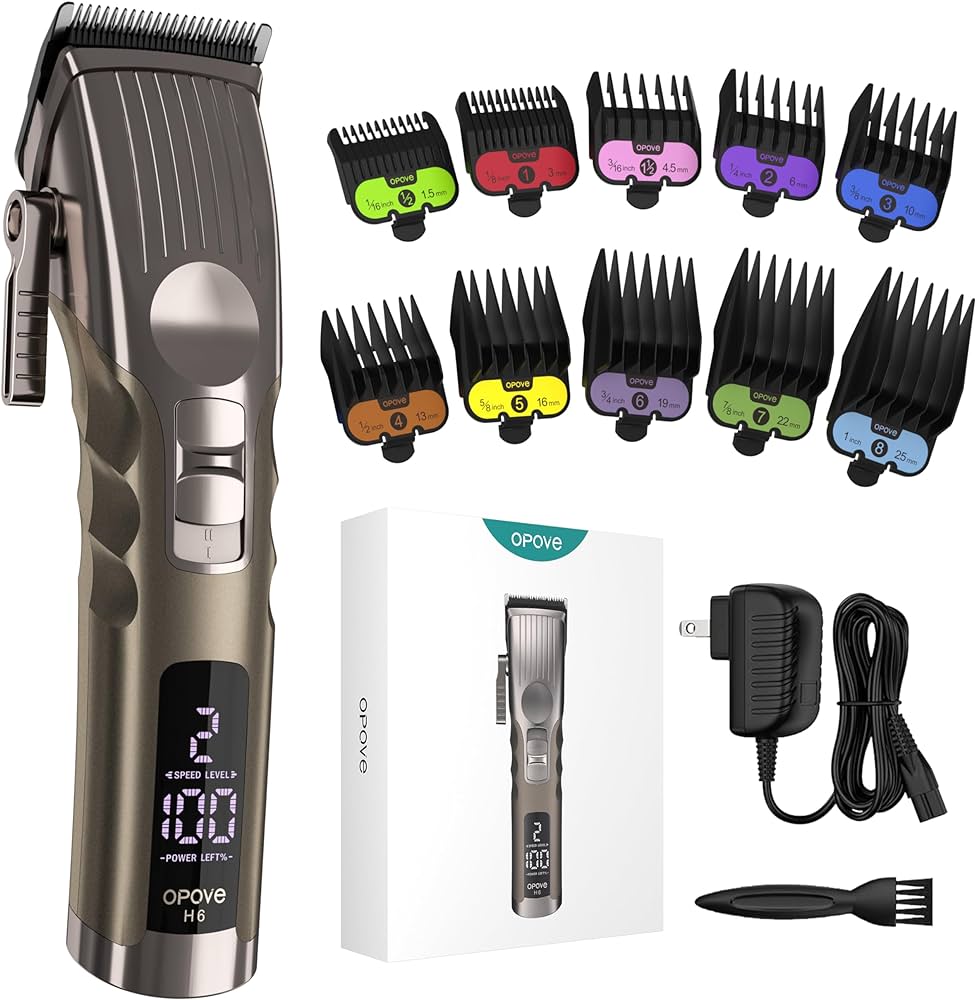Introduction:
Giving yourself a fade haircut with clippers can seem daunting, especially for individuals without professional barbering experience. However, with the right tools, techniques, and patience, it is possible to achieve a fade on your own. In this guide, we will explore the challenges and considerations involved in giving yourself a fade with clippers, along with helpful tips and steps to make the process easier and more manageable.

Is it hard to give yourself a fade with clippers?
Challenges of Giving Yourself a Fade:
While giving yourself a fade can be challenging, understanding the potential difficulties can help you prepare and overcome them:
a) Limited visibility: Unlike when someone else cuts your hair, you have limited visibility when cutting your own hair. It can be challenging to see and reach certain angles, especially at the back of your head.
b) Limited control: Achieving a fade requires precise control over the clippers and blending techniques. It can be more challenging to maintain control and accuracy when working on your own hair.
c) Lack of experience: If you’re not experienced in cutting hair or creating fades, it may take time to develop the necessary skills and techniques. Patience and practice are crucial for achieving satisfactory results.
d) Difficulty in blending: Blending different lengths seamlessly is a key aspect of achieving a fade. It can be more challenging to achieve smooth transitions and avoid visible lines when working on your own hair.

Helpful Tips for Giving Yourself a Fade:
To overcome the challenges and make the process of giving yourself a fade easier, consider the following tips:
a) Preparation is key:
Before starting, gather all the necessary tools, including clippers, clipper guards, comb, mirror, and a towel or cape to protect your clothing. Set up a well-lit area with a mirror that allows you to see all angles of your head.
b) Research and learn:
Watch tutorials, read guides, and study fading techniques to familiarize yourself with the process. Understanding the steps and techniques involved will give you confidence and direction during the haircut.
c) Start with longer guard sizes:
Begin with a longer clipper guard size to create an initial guide and determine the outline of your fade. This allows for more control and makes it easier to correct any mistakes.
d) Take your time:
Fading requires patience and attention to detail. Avoid rushing through the process. Take breaks if needed and step back to assess your progress regularly. Slow and deliberate movements will yield better results.

e) Use multiple mirrors:
Set up multiple mirrors to get a better view of the back of your head. This will help you see and reach areas that may be challenging to access with just one mirror.
f) Seek assistance if needed:
If you’re struggling with certain areas or angles, consider asking a family member or friend for assistance. They can help with hard-to-reach spots and provide an extra set of eyes for better precision.
g) Blend in small increments:
Gradually decrease the clipper guard size and blend the different lengths in small increments. This helps prevent mistakes and allows you to assess the progress after each step.
h) Overlap and flick blending:
To achieve seamless transitions, use overlapping and flicking motions when blending different lengths. This technique helps to soften harsh lines and create a more natural-looking fade.
i) Regularly check and adjust:
Continuously check your haircut from different angles and adjust as needed. Make any necessary corrections to ensure even blending and symmetry.
j) Be cautious with top length:
If you’re also trimming the hair on top of your head, be conservative with the length. It’s easier to remove more hair later if necessary, but it can be challenging to fix a mistake if you cut off too much.

Steps for Giving Yourself a Fade:
While the specific steps may vary depending on the desired fade style and personal preferences, the following general steps can guide you through the process:
a) Start with clean, dry hair: Begin with clean and dry hair, as it allows for better control and visibility during the haircut.
b) Create an initial guide: Use a longer clipper guard size to create an initial guide around the sides and back of your head. This establishes the outline of your fade.
c) Gradually decrease the guard size: Switch to shorter clipper guard sizes and work your way up, gradually decreasing the length as you move towards the top. Blend the different lengths smoothly using overlapping and flicking motions.
d) Pay attention to blending: Focus on blending the different lengths to achieve a seamless fade. Take your time and make small adjustments as needed to create a natural transition between the lengths.
e) Check and refine: Regularly check your progress from multiple angles using mirrors. Assess the blending and symmetry, making any necessary adjustments for a polished finish.
f) Clean up the neckline and sideburns: Define the neckline and clean up the sideburns to complete the fade. Use a smaller clipper guard or remove the guard entirely, depending on your desired finish.
g) Tidy up and style the top: If desired, trim or style the hair on top of your head to complement the fade. Use scissors or clippers with an appropriate guard size to achieve the desired length and style.

Practice and Patience:
Giving yourself a fade requires practice and patience. Don’t expect perfect results on your first attempt. Allow yourself time to gain experience and improve your technique. With each haircut, you’ll become more comfortable and confident in achieving better fades.
Conclusion:
While giving yourself a fade with clippers can be challenging, it is not impossible. By understanding the potential difficulties, following helpful tips, and practicing patience, you can achieve satisfactory results. Take the time to prepare, research fading techniques, and gather the necessary tools. Remember to start with longer guard sizes, use multiple mirrors for better visibility, and blend gradually in small increments. Regularly check your progress, make adjustments as needed, and seek assistance if necessary. With practice and persistence, you’ll develop the skills to achieve impressive fades on your own.

Leave a Reply